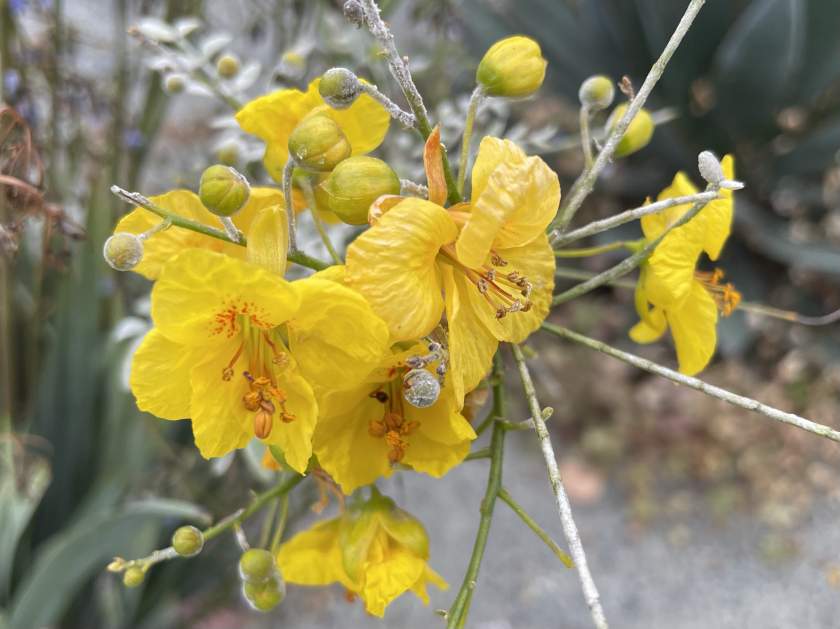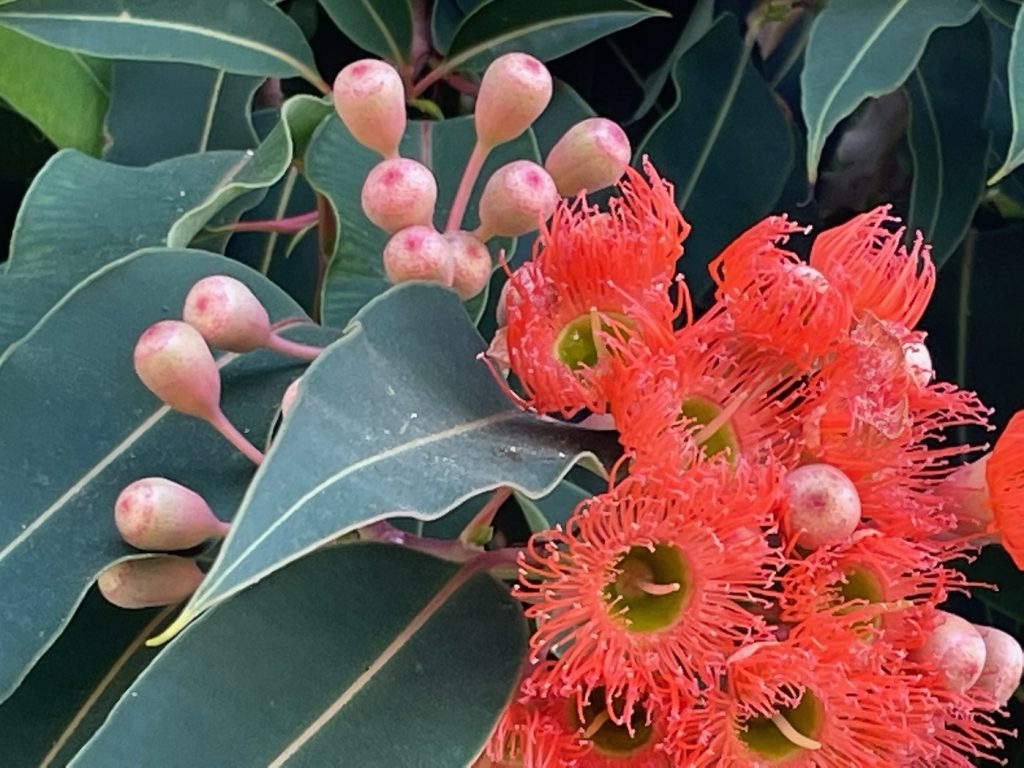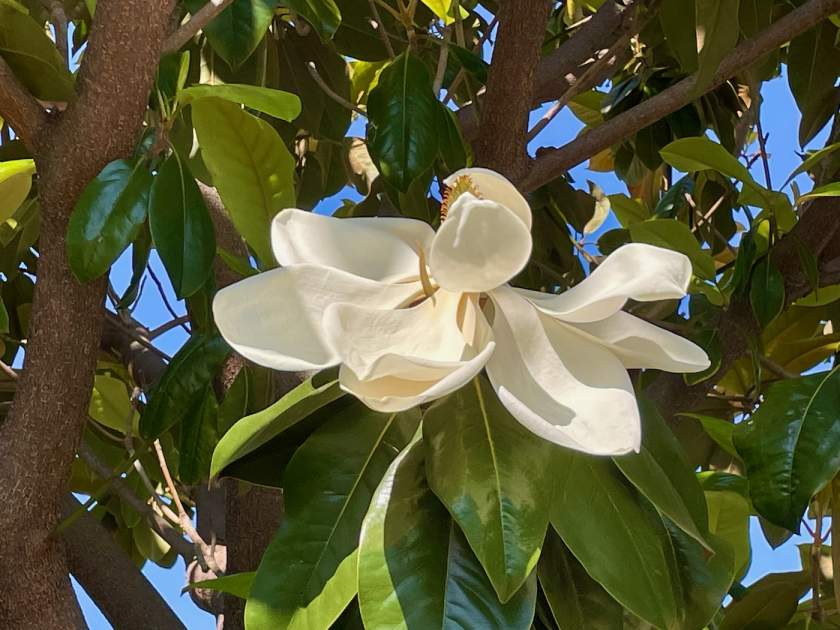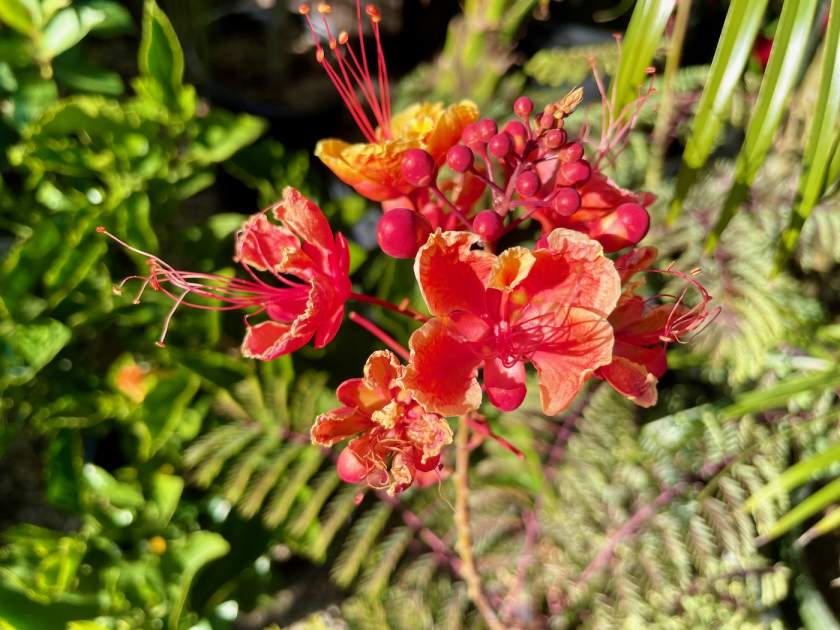Parkinsonia aculeata: The Versatile and Beautiful Paloverde
Parkinsonia aculeata, commonly known as Retama, Paloverde, Mexican Paloverde, Jerusalem Thorn, Horsebean, and Lluvia De Oro, belongs to the family Fabaceae, which is the third-largest flowering plant family. This species is native to regions ranging from central Texas to northern South America, and its range extends west to Arizona. The plant’s diverse common names reflect its popularity and wide distribution.
First Published Information and Discovery
The first published information on Parkinsonia aculeata dates back to the 18th century. It was originally described by the renowned Swedish botanist Carl Linnaeus in his seminal work “Species Plantarum” in 1753. Since then, this species has captivated botanists and horticulturists alike due to its unique characteristics and ornamental value.
Characteristics and Description
This plant is a spiny shrub or small tree that typically reaches a height of about 15 feet (4.5 meters). It displays long, graceful branches that slightly droop, adorned with numerous delicate leaves and sprays of vibrant yellow flowers. The flowers consist of five yellow petals, ranging from 1/3 to 2/3 inch (0.8 to 1.7 cm) in length. These petals are nearly equal in size, except for one that possesses a honey gland at its base, which gradually turns red and remains on the stalk longer than the others. The plant exhibits a profusion of blossoms throughout the warm months, particularly after rainfall.
The seedpods of Parkinsonia aculeata are narrow, elongated structures measuring 3-5 inches (7.5-12.7 cm) in length. They have constrictions between the seeds, adding further visual interest to the plant. The leaves of this species are distinctive. Each leaf stem produces two parallel stalks, around 15-18 inches (38-46 cm) long, with 10-25 pairs of leaflets on each stalk. During the summer, the leaflets are usually shed, and the stems take over the photosynthetic function.
Flowers and Fragrance
The flowers of Parkinsonia aculeata are a sight to behold. They feature showy sprays of bright yellow petals, often with orange markings. These blossoms are not only visually appealing but also emit a pleasant fragrance that attracts bees and various other insects. The nectar-rich flowers serve as an important food source for pollinators and contribute to the overall biodiversity of the ecosystem.
Flowering Season
Parkinsonia aculeata blooms profusely during the warm months, especially following periods of rainfall. The exact flowering season may vary slightly depending on the specific climate and geographical location. However, this species generally exhibit its vibrant display of yellow flowers during spring and summer, adding a splash of color to the landscape.
Cultivation of Parkinsonia aculeata:
Sunlight: Parkinsonia aculeata thrives in full sun and requires ample sunlight to achieve its optimal growth and flowering potential. When choosing a location for planting, ensure it receives direct sunlight for a significant portion of the day.
Watering: Once established, Parkinsonia aculeata is relatively drought-tolerant. It can survive with low to medium water usage. It is crucial to allow the soil to dry between watering to prevent overwatering, which may lead to root rot. However, young plants may require more frequent watering until their root systems develop.
Soil: Parkinsonia aculeata can adapt to various soil types, including clay, loam, sand, and even poor soils. It prefers well-drained soils but can tolerate occasional flooding. This versatile plant can thrive in disturbed soils and even handle moderate levels of salinity. Its ability to grow in different soil conditions makes it suitable for a wide range of landscapes.
Pests and Disease: Parkinsonia aculeata is generally resistant to pests and diseases, making it a low-maintenance plant. However, monitoring for shot hole borers, a potential pest is essential. Regular inspections and appropriate pest management measures can help keep the tree healthy and free from infestations.
Propagation
Parkinsonia aculeata can be propagated through two main methods: seeds and semi-hardwood cuttings. Seeds can be collected from mature pods and sown in well-drained soil during the appropriate season. Semi-hardwood cuttings taken during the summer can also be rooted to produce new plants. Ensuring proper moisture and providing suitable growing conditions will promote successful propagation.
Parkinsonia aculeata, with its beautiful yellow flowers, delicate leaves, and adaptability to various growing conditions, offers an excellent addition to gardens and landscapes. Whether used as an ornamental tree, hedge plant, or food source for wildlife, this versatile species has captivated many with its striking beauty and resilience. With its ability to withstand drought, heat, and saline conditions, it continues to charm gardeners and nature enthusiasts in warm regions worldwide.
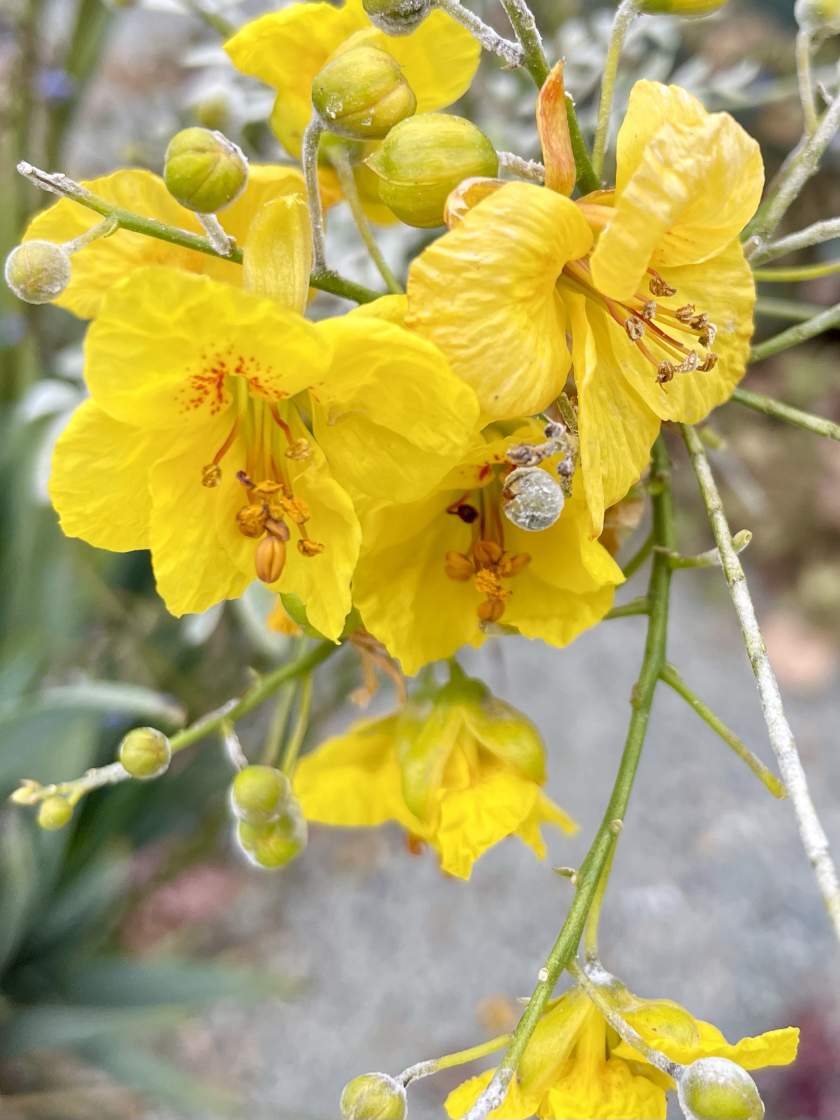
Parkinsonia aculeata

